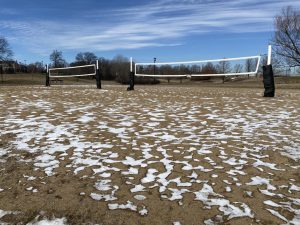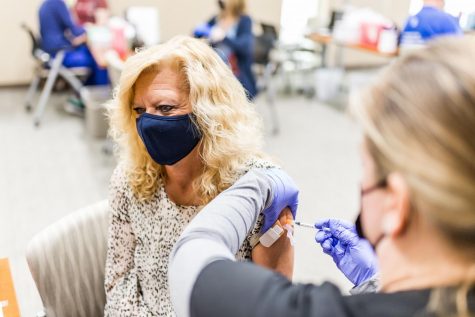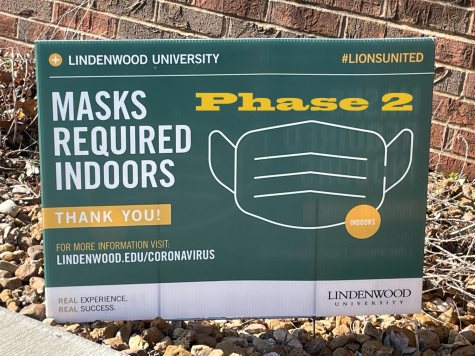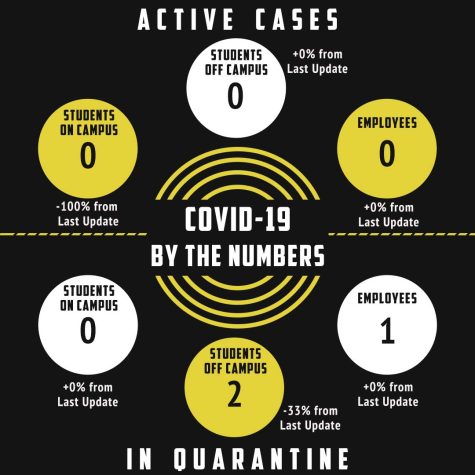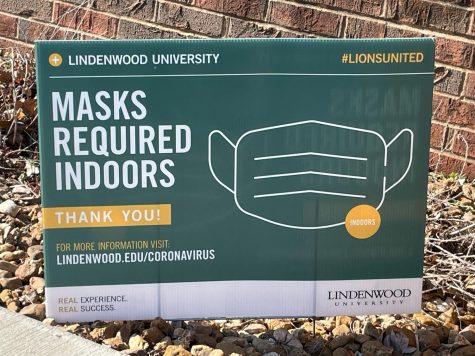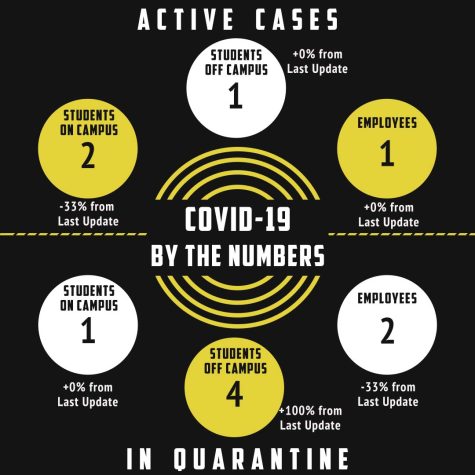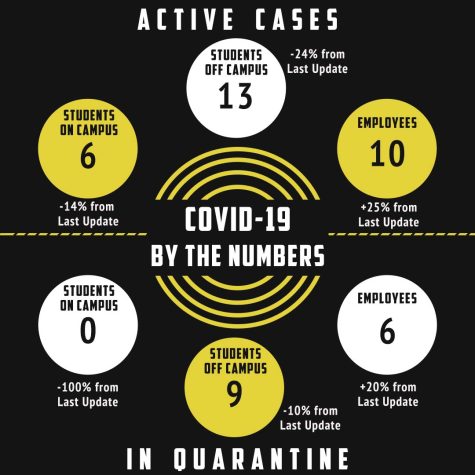What to do (and not to do) during quarantine
How to make the best of the CDC recommendation to stay home
March 25, 2020
Due to the new coronavirus pandemic, people around the globe are doing their part to slow the spread of the virus by self-quarantining in their homes.
As it is day seven since I’ve left the house except to buy groceries or get take-out, I’ve already had to find ways to occupy all this extra time I have.
And there may be some confusion as to what “quarantining” in the age of the new coronavirus means. In the wake of the pandemic (and always), it’s important to stay informed.
So, since the weather is getting warmer, put on some shorts and crack open a cold one since campus is closed — by yourself.
For those who’ve never had to do this before, here’s a list of the do’s and don’ts of self-quarantining, including recommendations by the Centers for Disease Control and Prevention:
The Do’s:
- Stay at least six feet away from others at all times. The virus spreads easiest through person-to-person contact. Grocery stores, like Schnucks and Walmart, are taking precautions to make shopping safer for its customers and employees.
- Wash your hands with soap and hot water for at least 20 seconds, especially after coughing or sneezing. If soap and water are not available at the time, the CDC recommends using hand sanitizer with at least 60% alcohol.
- If you’re tired of singing “Happy Birthday” to yourself to fulfill the 20-second requirement, here’s a list of songs from National Public Radio with melodies that last about the same length.
- Stay home. Self-quarantining does not mean having friends over for movie nights.
- But, to still share an awesome cinematic experience with friends, try the Netflix Party Chrome Extension, which allows you to stream the same movie or show with someone else while chatting simultaneously.
- Consistently disinfect household items that are used often or by multiple people. This includes doorknobs, refrigerator handles, phones, remote controls, etc.
- Support local businesses whenever possible. The recommendation to stay at home hurts a lot of small businesses that require a consistent stream of customers to stay open.
- For instance, third party delivery services like Door Dash and GrubHub have now waived their delivery fee for many restaurants. There’s a Facebook group called “Saint Charles County Take Out,” dedicated to supporting local restaurants in St. Charles who are offering delivery or take-out during the pandemic.
- Find an indoor hobby. It’s important to stay mentally healthy, and being cooped up 24/7 can strain mental health. Here’s a list of ways to occupy your time at home from CNN.
- It’s also important to keep a daily routine It’s easy to lay in bed all day and scroll through social media, but this can negatively affect mental well-being.
The Don’ts:
- Don’t leave home unless absolutely necessary. This includes hanging out with friends. The Huffington Post reported that a new study out of China suggests that asymptomatic carriers are most likely to spread the virus.
- Keep your “social circle” to only the people you live with, with the limited exception of a significant other. Even in this case, it’s still important to practice good hygiene and distance as much as possible. It’s also important to know that the people you are around should also be practicing social distancing.
- Don’t go to crowded outdoor places. You might be inclined to take your dog for a walk at the park, but if there are a lot of people there, the virus can still be spread outdoors.
- Instead, take a walk somewhere less crowded. Going to an outdoor, public place still puts people at risk of contracting and spreading the virus. The Hill reported that people, mostly college students, packed the beaches in Florida to enjoy spring break but ended up being at risk, with a few even testing positive for COVID-19.
- Don’t try to make “homemade hand sanitizer.” The CDC recommends using hand sanitizers with 60% alcohol. It has become a trend in the past month to make your own hand sanitizer at home with liquor due to it being sold out in stores. But, Tito’s vodka, for instance, is 80 proof which means it’s only 40% alcohol and does not meet CDC requirements.
- Click here for more information from CNN Health about why homemade hand sanitizers are often not effective, and how they can even be harmful.
- Don’t self-isolate. It’s self-quarantine, not self-isolation. Continue to have a social life, check in with friends, and be an active member of the community. These are all possible while keeping your distance and staying healthy.
Many of us, college students especially, are dealing with classes having to adapt to an online environment, being sent home from campus, losing our jobs, and being in a constant state of paranoia, but there are many ways for us to stay mentally and physically healthy.
To stay up-to-date on news regarding COVID-19, Lindenwood and the St. Charles area, check Lindenlink.com’s “COVID-19” section under the “news” category.







